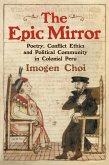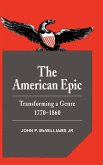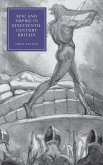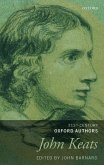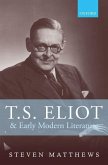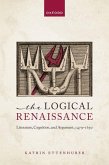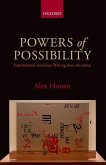Dr Burrow shows how the romance hero, whose prime motives are love and pity, emerged from a sequence of reinterpretations of Homer which runs from Virgil's Aeneid and its medieval redactions to Ariosto's Orlando Furioso. Relating the emergence of the romance hero to the digressive, decentred form of romance, the author explores how later writers sought to control the digressive energies of the romance hero and to create a language and form of heroism more like those of classical epic. This analysis leads to a fresh account of the way in which Renaissance writers responded to, and moved tentatively towards, the writing of the past. Arguing against the view that Ariosto, Tasso, Spenser, and Milton were engaged in a battle for mastery over their predecessors, Dr Burrow reveals how they transformed they received interpretations of past epic in order to draw closer to the narrative forms of their classical forebears.
This study presents a comprehensive view of the epic tradition from Homer through Virgil, Ariosto, Tasso, Spenser, and the host of minor writers who helped create the idiom within which these writers worked, to the great achievements of Milton. Detailed studies of individual authors in historical context link to develop a powerful explanation of how and why the epic changed from Homer to Milton.
Hinweis: Dieser Artikel kann nur an eine deutsche Lieferadresse ausgeliefert werden.
This study presents a comprehensive view of the epic tradition from Homer through Virgil, Ariosto, Tasso, Spenser, and the host of minor writers who helped create the idiom within which these writers worked, to the great achievements of Milton. Detailed studies of individual authors in historical context link to develop a powerful explanation of how and why the epic changed from Homer to Milton.
Hinweis: Dieser Artikel kann nur an eine deutsche Lieferadresse ausgeliefert werden.


